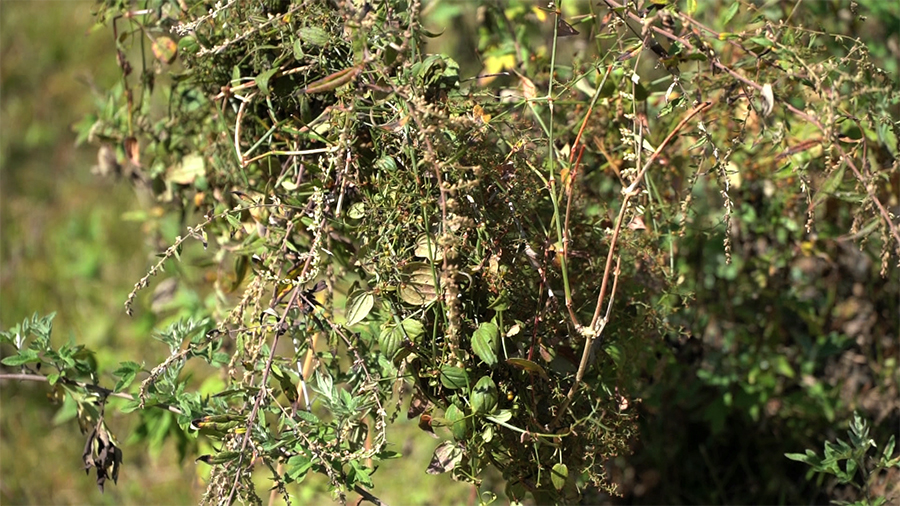
The tradition of extracting pigments from plants for traditional Bhutanese paintings which was once lost is gradually making a comeback. The art has been included in the National Diploma in Painting curriculum at the College of Zorig Chusum in Trashi Yangtse since 2021.
 Before commercial paints became available in Bhutan, Bhutanese painters were said to have mostly prepared plant pigments for painting. However, after the country started trading with other countries, chemical paints replaced the indigenous pigments. This is said to have led to the decline in the use of plant pigments for painting. However, the inclusion of the art of extracting pigments and their usage in the National Diploma in Painting’s curriculum is helping revive the tradition.
Before commercial paints became available in Bhutan, Bhutanese painters were said to have mostly prepared plant pigments for painting. However, after the country started trading with other countries, chemical paints replaced the indigenous pigments. This is said to have led to the decline in the use of plant pigments for painting. However, the inclusion of the art of extracting pigments and their usage in the National Diploma in Painting’s curriculum is helping revive the tradition.
Principal of the College of Zorig Chusum, Kinley Penjor said, “The main objective of reviving the tradition is to minimise the import of chemical paints. Moreover, the pigment we produce does not contain any chemicals, unlike the imported ones.”
The procedure includes the collection of raw materials, which are then processed. The raw materials are boiled and then soaked in water until colour oozes out. The colour is then mixed with glue before being readied for applying on canvas.
“We prepare the paints in two batches, one by boiling and the other without boiling. The colour changes when we boil but when we don’t boil them, we get the exact colour of the material,” said Jigme Wangdi, a Painting Instructor at the College of Zorig Chusum.
Jamyang Tsheltrim, a trainee said, “there are so many natural pigments available in our country. Through research, we came to know what colour a plant gives. Although it takes time to prepare the pigments, the way the colour comes out in the end is impressive.”
“I understood about the pigments our ancestors used for painting and also learnt the kind of colour each plant gives,” said Jamtsho, also a trainee.
According to some researchers, the paintings done using natural pigments last for more than two centuries. Moreover, because of their natural state, plant-derived pigments are also considered non-toxic and comparatively cheaper.
The college is also planning to start extracting pigments from minerals.
Ngawang Tenzin, Trashi Yangtse
Edited by Kipchu









